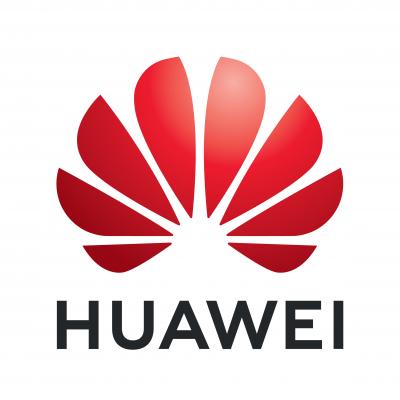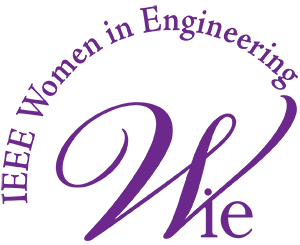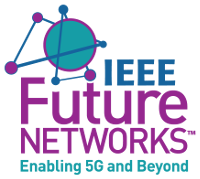The sixth generation (6G) wireless communication networks are envisioned to create an intelligent and multi-function digital ecosystem with sensing, localization, controlling, computing and communication functionalities. The 6G systems will be capable to fulfill current industry and consumer demands of high throughput, massive connectivity, semantic communication, ubiquitous wireless environment, low power and low latency. The two-thirdof global population is expected to have internet access which makes existing sub-6 GHz spectrum very congestedand hence unable to support this enhanced user demand while fulfilling mobile service providers' requirements for advanced services. To tackle this, advanced 6G communication and networking operations are required to utilize novel solutions with intelligent yet energy- and hardware-efficient techniques.
Reconfigurable intelligent surfaces (RIS) leverage smart radio surfaces with high number of small antennas or metamaterial elements based on a programmable structure that can be used to control the propagation of electromagnetic waves. Reconfigurable holographic surfaces (RHS) with multiple input multiple output (MIMO) setup are composed of numerous metamaterial radiation elements integrated in a holographic pattern to generate beams with desirable directions. These intelligent and holographic surfaces will play a pivotal role in advanced 6G communication systems and networks. For instance, RIS/RHS configurations can be realized by incorporating large number of antenna elements with reconfigurable processing networks which provides a continuous antenna aperture. In the case of RHS, the transceiver can leverage hologram principle with this entire surface for efficient communications and networking applications. The radio meta-surface of RHS-aided transceiver does not require extra control unit to phase-shift the holographic transmit signal. With a massive MIMO antenna setup, RIS/RHS can effectively obtain the desired radiation directions of the signal while exploring low-cost solutions.
Machine learning and artificial intelligence (AI) oriented tools, and optimization-based algorithmic solutions can be explored further in attaining sustainable RIS/RHS-aided wireless communications and networking. These configurations can be applied across the radio spectrum, from sub-6 GHz to millimeter wave (mmWave) through to terahertz (THz) frequencies with massive antenna connectivity. Spectrum and hardware reuse of the systems can be also envisioned such as in the case of RIS/RHS being incorporated into integrated sensing, communications and localization, where intelligent, hardware-efficient and cost-effective solutions are not widely studied in literature. These configurations can be also intertwined with emerging technologies such as internet-of-things (IoT), internet-of-everything (IoE), internet-of-intelligent-things (IoIT), internet-of-space- things (IoST) and vehicle to everything (V2X). RIS/RHS based conformal metasurfaces for unmanned aerial vehicles (UAVs)-assisted wireless systems can provide a promising research direction. The advanced multiple access schemes such as non-orthogonal multiple access (NOMA) and rate splitting multiple access (RSMA) can be also implemented with these configurations, and more novel RIS/RHS-based multiple access schemes can be also developed.
In this workshop, we seek to assemble key interdisciplinary and wider spectrum of research on achieving cross-cutting RIS/RHS-based 6G wireless communications and networking.













